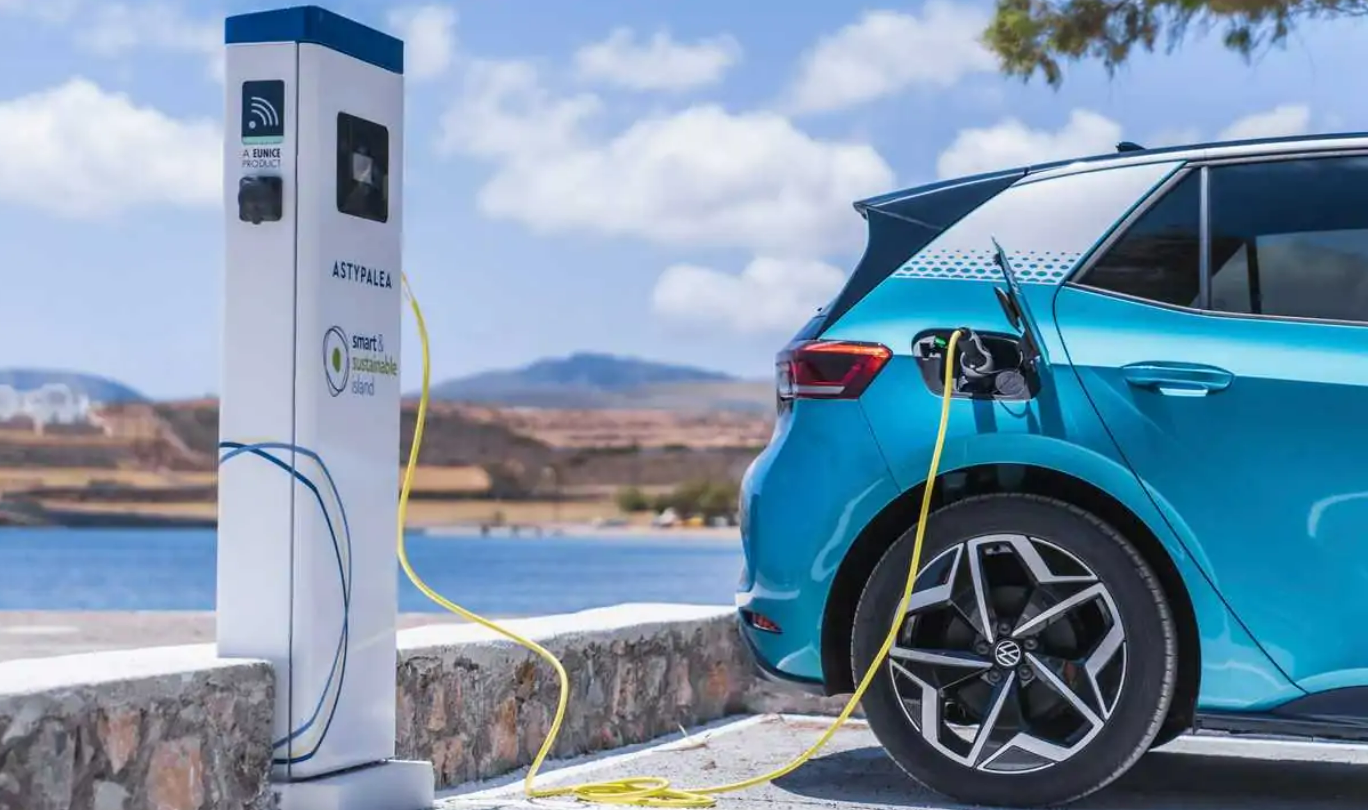BMW is set to expand its collaboration with dairy farmers as part of its renewable energy project.
Working with California Bioenergy (CalBio), BMW is currently working with The Bar 20 Dairy farm to generate electricity to be used to power electric vehicles.

The plan is for next generation climate-smart dairy technology to capture the methane from manure, which it'll then turn into electricity.
This also helps to reduce methane emissions, which are another major source of greenhouse gases. When combined with the energy generated, emissions are reduced to the equivalent of powering over 17,000 EVs per year.
Interestingly, the Bar 20 Dairy farm's fuel cell technology creates renewable electricity on-site. The highly efficient system creates twice as much electric power as conventional generators while using the same amount of biogas.
The energy it captures would not only go to waste, but actually be quite harmful to the environment. Therefore, the plan is considered one of the cleanest sources of energy.
“We hope to expand this forward-thinking model in the future, bringing more biodigester investment to farms throughout the U.S. and continuing to provide clean energy to EV drivers,” says Adam Langton, energy services manager, connected eMobility, BMW of North America.
The project isn't only great for the environment, but for farmers too, as it provides an extra source of income.
“In bringing together the best technology from Silicon Valley with the best technology from the Central Valley, we’re really doing something special for California,” says N. Ross Buckenham, CEO of CalBio.
“This ultra-clean, biogas-fueled, on-dairy, self-generation power system scales from small to large dairies. We’re excited to now be able to demonstrate a large-scale system capable of generating one-megawatt baseload 24 x 7 that provides grid resiliency, and greatly improves local air quality while reducing greenhouse gas emissions.”




